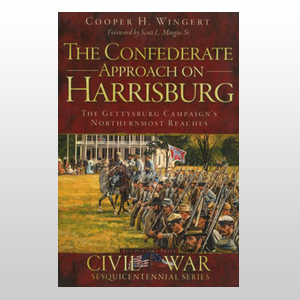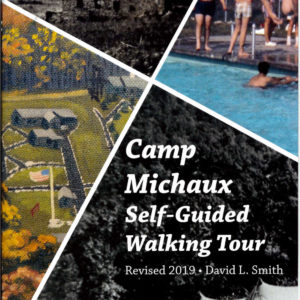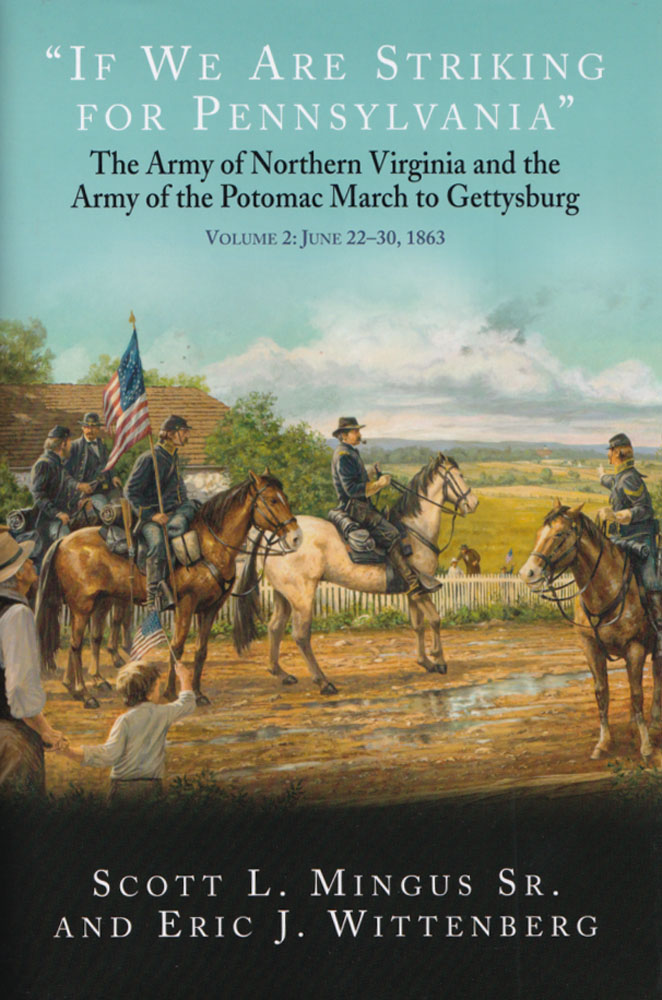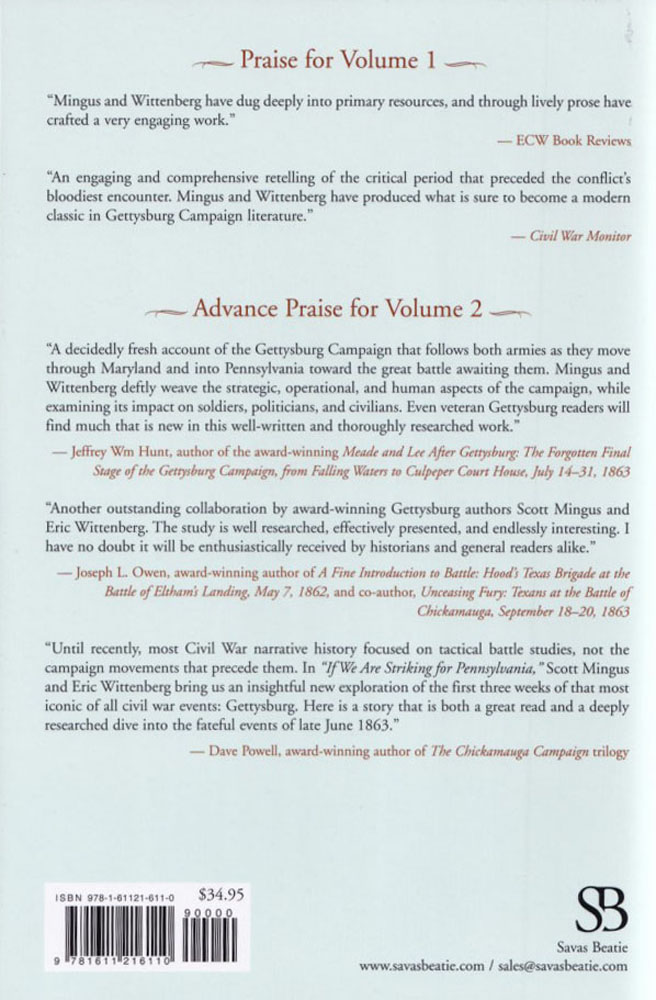“If We Are Striking for Pennsylvania”: Volume 2
Price: $34.95
Description
“If We Are Striking for Pennsylvania”: The Army of Northern Virginia and the Army of the Potomac March to Gettysburg – Volume 1: June 22–30, 1863 by Scott L. Mingus Sr. and Eric J. Wittenberg
The first volume (June 3–21) carried the armies through the defining mounted clash at the battle of Brandy Station, after which Lee pushed the head of his army into the Shenandoah Valley and achieved the magnificent victory at Second Winchester on his way to the Potomac. Maj. Gen. Joseph Hooker, who was caught flat-footed by the move, used his cavalry to probe the mountain gaps, triggering a series of consequential mounted actions.
The current volume (June 22–30) completes the march to Gettysburg and details the actions and whereabouts of each component of the armies up to the eve of the fighting. The large-scale maneuvering in late June prompted General Hooker to move his Army of the Potomac north after his opponent and eventually above the Potomac, where he is removed from command and replaced by V Corps commander George G. Meade. Jeb Stuart begins his controversial and consequential ride that strips away the eyes and ears of the Virginia army. Throughout northern Virginia, central Maryland, and south-central Pennsylvania, civilians, politicians, and soldiers alike struggle with the reality of a mobile campaign and the
massive logistical needs of the armies.
Mingus and Wittenberg mined hundreds of primary accounts, newspapers, and other sources to describe the passage of the long martial columns, the thunderous galloping of hooves, and the looting, fighting, suffering, and dying. As careful readers will quickly discern, other studies of the runup to Gettysburg gloss over most of this material. It is simply impossible to fully grasp and understand the campaign without a firm appreciation of what the armies and the civilians did during the days leading up to the fateful meeting at the small crossroads town in Adams County, Pennsylvania. This powerful and gripping saga is a ground-breaking study.
Shop Related Products
-

The Confederate Approach on Harrisburg
$21.99 Add to cart -

Secret War At Home, The Pine Grove Furnace Prisoner of War Interrogation Camp
$22.00 Add to cart -

Camp Michaux Self-Guided Walking Tour
$10.00 Add to cart -

The Bitter Fruits, The Civil War Comes to a Small Town in Pennsylvania
$10.00 Add to cart


